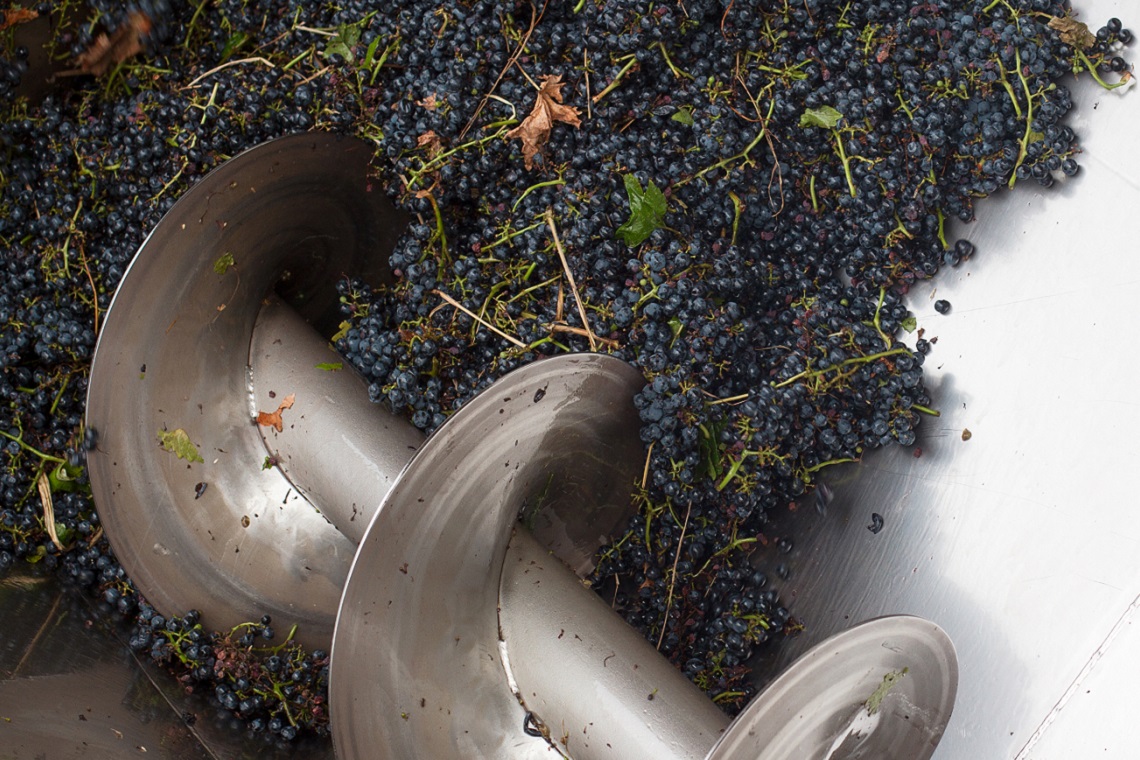Wine Australia’s National Vintage Report 2019 has challenged the pessimism surrounding this year’s wine vintage in Australia, estimating the Australian winegrape crush for 2019 will be 1.73 million tonnes, just one per cent below the 10-year average.
Wine Australia Chief Executive Officer, Andreas Clark, said the announcement was welcome news for the sector, with early predictions claiming the harvest would be 10-20 per cent down on the 2018 vintage.
“This is a good-sized crop that will ensure Australia can continue to supply its export and domestic markets comfortably,” Clark said.
“It further reinforces Australian winegrowers’ ability to deliver consistent winegrape harvests and mitigate the effects of difficult weather conditions such as those widely reported during the 2019 season.”
Clark said many regions did suffer significant losses, including the Barossa, Adelaide Hills and Clare Valley, which were the worst affected in tonnage terms, but yields were generally not as low as originally feared.
‘It needs to be remembered that Australia frequently experiences drier conditions and we have been modifying our viticultural techniques, including canopy management and irrigation, to suit our climate for decades.’
Wine Australia said the effects of heat and dryness were mitigated by good canopy management and irrigation regimes. The dryer season also reduced disease pressure, and the lower yields were offset by “exceptional colour and flavour” in the resulting wines.
The Limestone Coast regions (Coonawarra, Padthaway and Wrattonbully) produced much larger crops than the low-yielding 2018 vintage, while the warm inland regions (Riverland, Riverina and Murray Darling–Swan Hill) had very similar crops to last year.
Overall red varietal crush was up by 16,224 tonnes (two per cent) compared with 2018, which whites were down 66.949 tonnes (eight per cent). Chardonnay was hard hit, dropping by 47,975 tonnes (12 per cent) to 356,250 tonnes, which is the grape’s lowest crush in the past five years.
The Prosecco crush was up 42 per cent to 9936 tonnes. It has increased its crush volume by an average of nearly 50 per cent each year since 2015, mirroring similar sales growth in the domestic wine market, and it is now the tenth largest white variety by production volume.
Shiraz remained the dominant variety with 418,364 tonnes – accounting for 44 per cent of the red crush and 24 per cent of the total crush – despite its crush being down by two per cent compared with last year.
Wine Australia said its National Vintage Report is based on a survey of winemakers conducted in May–June 2019. Responses were received from over 570 businesses, estimated to account for 88 per cent of all winegrapes crushed in 2019.

